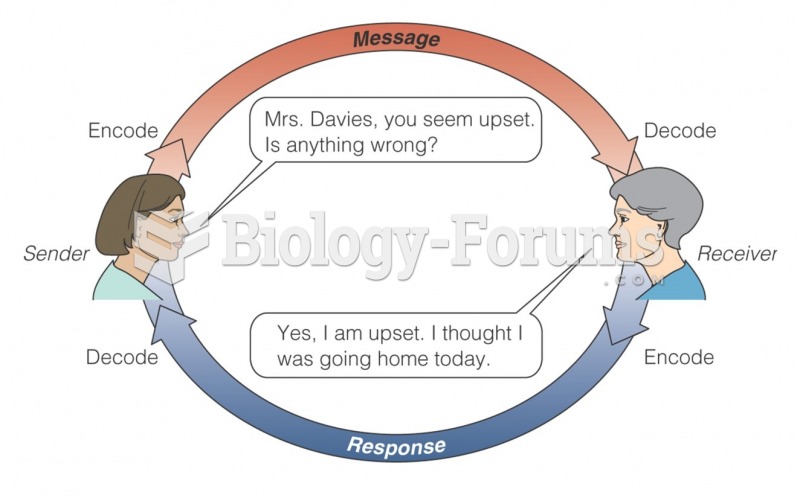Answer to Question 1
Underwriting. For a public offering, companies hire an investment bank to serve as underwriter. In a firm commitment underwriting, the underwriter buys the stock from the issuer and resells it to the public. The underwriter bears the risk that the stock may sell at a lower price than expected. In a best efforts underwriting, the underwriter does not buy the stock but instead acts as the company's agent in selling it. If the stock sells at a low price, the company, not the underwriter, is the loser.
Registration Statement. The registration statement has two purposes: to notify the SEC that a sale of securities is pending and to disclose information to prospective purchasers. The registration statement typically must include detailed information about the issuer and its business, a description of the stock, the proposed use of the proceeds from the offering, and three years of audited financial statements.
Prospectus. Typically, buyers never see the entire registration statement; they are given the prospectus instead. The prospectus includes important disclosures about the company and the security that is to be sold. All investors must receive a copy of the prospectus before purchasing the stock.
Sales Effort. Company executives and the investment bankers travel around the country making presentations to potential investors. The investment bank cannot actually make sales during this period, but it can solicit offers. The SEC closely regulates an issuer's sales effort to make sure that no one is unduly hyping the stock.
Going Effective. Once its review of the preliminary registration statement is complete, the SEC sends the issuer a comment letter, listing changes that must be made to the registration statement. An issuer almost always amends the registration statement at least once, and sometimes more. Immediately after the SEC has approved a final registration statement, the issuer and underwriter agree on a price for the stock and the date to go effective; that is, to begin the sale.
Answer to Question 2
C







